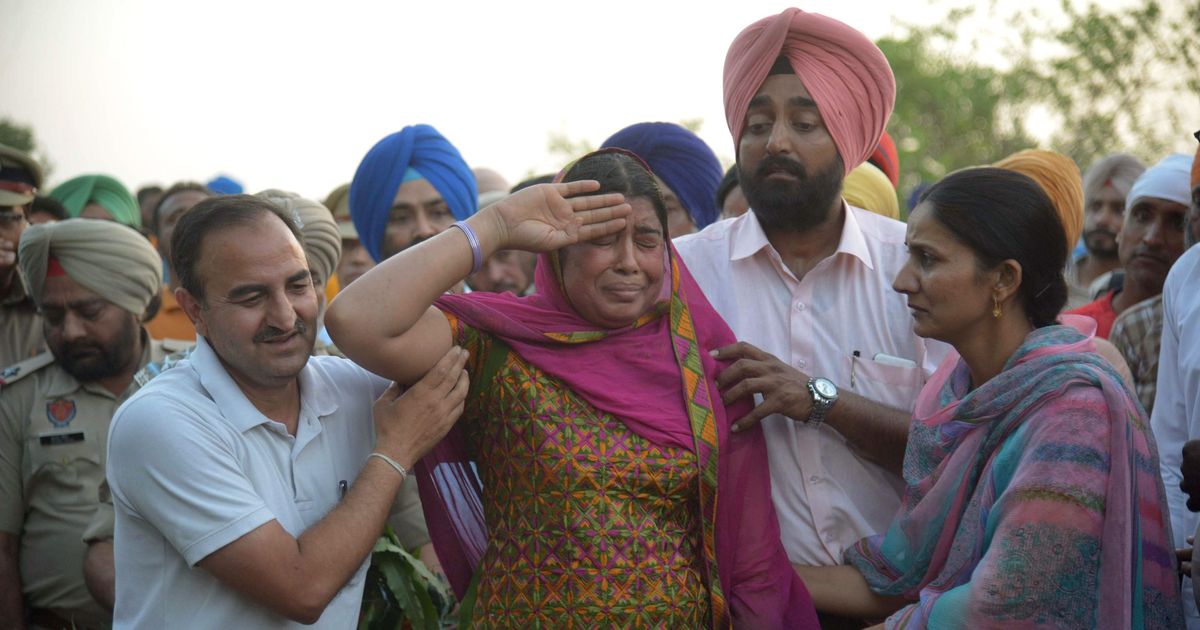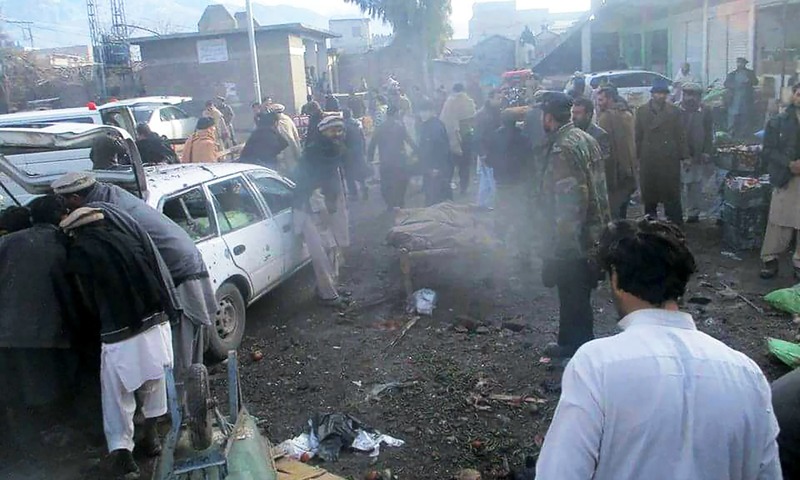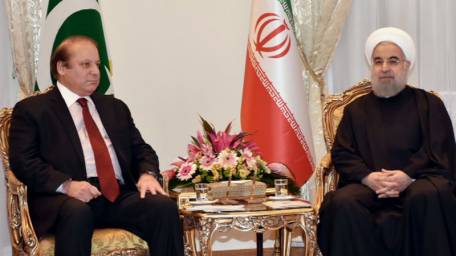CR Comment
D. Suba Chandran
Professor
International Strategic and Security Studies Programme (ISSSP)
National Institute of Advanced Studies (NIAS), Bangalore
On 13 February 2017, the Islamabad High Court directed the Federal Ministry of Information and the Pakistan Electronic Media Regulatory Authority (PEMRA) to prohibit the “celebration of Valentine\'s Day in public spaces and government offices across the country with immediate effect.” (Dawn, 14 February 2017).
The court order was the result of an individual petition, who had earlier complained that the celebration of Valentine\'s Day is “against Islamic teachings” and “should be banned immediately” as the celebrations promote “immorality, nudity and indecency”.
During the recent years, Valentine’s Day has been under attack by a section, primarily led by the Rightists – political parties at the larger level and their student wings in Universities. Especially in the educational institutions, from Peshawar to Karachi, there were protests and brawls between those who celebrate love and those who oppose. Anti-Valentine day campaigns – the Haya day, has been increasing during the recent Februaries.
Last year, a person holding one of the highest institutions - Mamnoon Hussain, the President of Pakistan went on record asking the people not to celebrate the Valentine Day, as he considered it was against a Muslim tradition and has “no connection with our culture” and hence “should be avoided.” This year, the Islamabad High Court went a step ahead and prohibited the celebration in public spaces.
One could understand the rightwing parties and their student wings in Universities objecting to the celebration of Valentine Day for political reasons. But why would the learned courts and the highest institution of the country – President of Pakistan object to the Valentine Day?
A primary problem is the failure of the secular and moderate response to counter this vicious narrative that the Valentine Day was against the tradition and culture. Not only Pakistan, but the entire South Asian region – may not have historically celebrated “Valentine Day”, but there are enough references in our cultural ethos and religious epics underlining the celebration of love.
Despite the interferences and impositions from radical strains, the society remains predominantly Sufi in South Asia. In fact, one could extend this geographic fold from Central Asia into Southeast Asia across the mainland and the oceans. A society that took pride with its Sufi teaching and found solace in numerous Sufi Pirs and Babas, by no imagination, can condemn celebrating love as not a part of their culture. From Rehmat Baba across the Durand Line to Baba Ghulam Shah across the Indo-Pak Line of Control (LoC), the symbols and preachings of the Sufi saints revolved around peace, love and harmony.
The biggest symbol of love, not only in South Asia but all over the world – the Taj Mahal is not a western creation. And by no stretch of imagination, one could argue that it did not reflect the Muslim tradition in South Asia.
Separated only by few kilometres from Agra, where the majestic symbol of love – the Taj Mahal is yet another legend - the Radha Krishna in Vrindavan near Mathura. The Ras Leela legend believes that even today the couple dance in the evenings every day!
Neither the Taj Mahal nor Radha Krishna were created or brought into the region. They represent our history and our culture. In fact, rest of the world celebrate these two as a symbol of love from Toronto to Berlin to Brisbane. The globalization of Radha Krishna movements and its public expression in the streets of America, Europe and Australia led by non-South Asians will highlight what this region has exported to rest of the world.
So when did love or public celebration of it became “not a part of our culture”? True Valentine Day may have been from the West, but as explained above, South Asia has been celebrating the essence of 14 February in its own ways.
In Pakistan, the problem starts from the Universities. This is a part of an ongoing struggle between the liberal and rightwing students to capture the public space within the educational institutions. Besides, a section among the students would even complain that those who oppose such celebrations are essentially those “frustrated” who could never manage a single date!
The larger problem takes place in the streets, with religious parties and rightwing organizations seeing 14 February as an opportunity to assert their position. For them, it is more of a political space; to protect the culture and tradition, there is so much these parties could do; but they would rather pick up the Valentine day, for it is a easy target.
What is surprising is the intervention by the judiciary in this context. Why would a learned judge, who is well aware of the globalization process would come down on the subject? Is South Asia entering a phase – where even the mainstream judiciary is getting influenced by the Right? If this is a beginning, then it would be even more dangerous than few rightwing protesters going after couples in the public.
Such legal pronouncements by the learned courts may further strengthen the Rightwing groups and encourage enlarging their narrow agenda.
The West, in fact is proud and even own the symbols of love from South Asia. It is a pity, that we don’t.























